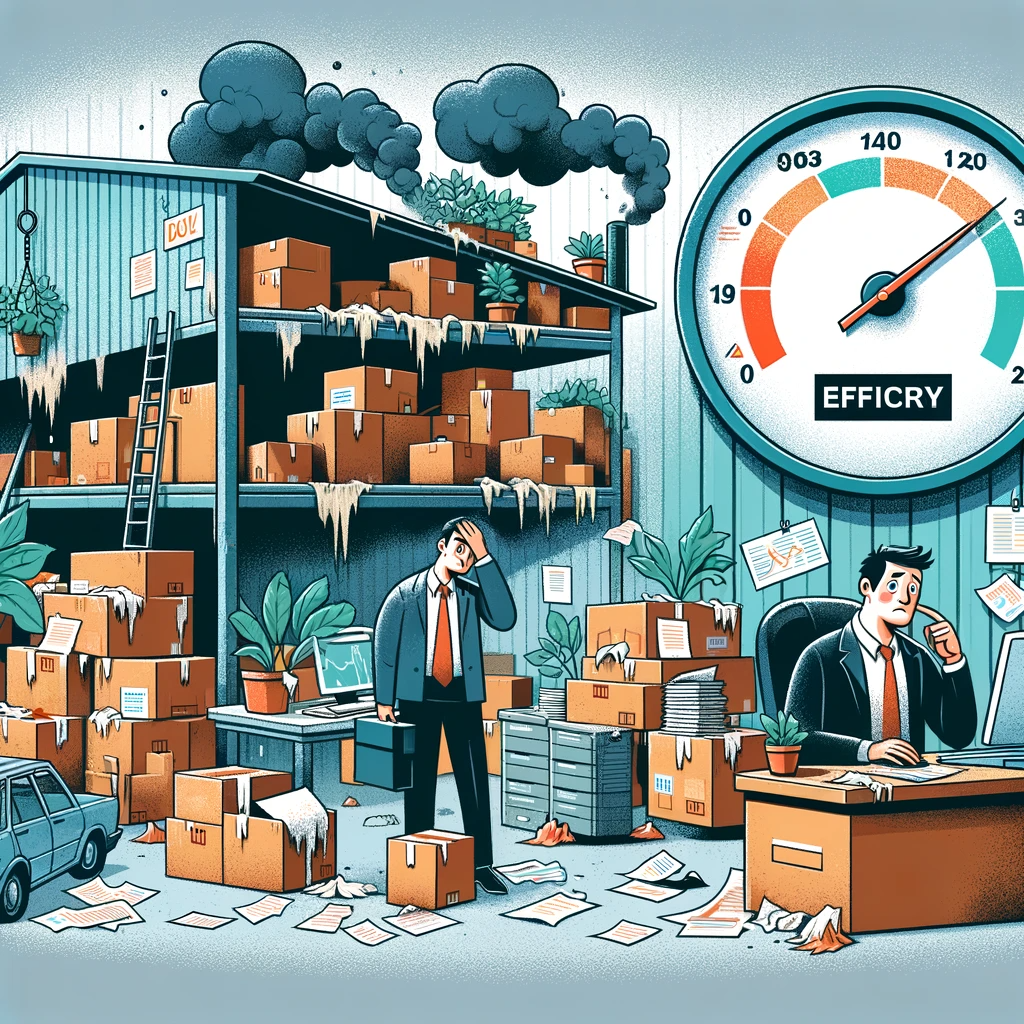3 Opposing Views On Local Resources
“Unlock the potential around you with a deep dive into the local resources that make your community thrive.”
3 Opposing Views On Local Resources. Having good local community resources, such as libraries, parks, health centers, and social services, is generally seen as beneficial for enhancing the quality of life and well-being of residents. However, there are several opposing perspectives to consider when it comes to investing in and prioritizing these local resources:
Understanding these opposing perspectives helps in recognizing that while community resources are generally seen as beneficial, there are valid concerns regarding their funding, management, and impact on community dynamics. Addressing these concerns involves careful planning, ongoing assessment, and a balanced approach that considers both the benefits of these resources and the potential challenges they present.
Elaborating on the opposing perspectives to having good local community resources can provide a more nuanced understanding of the issues and potential strategies for addressing them:
3 Opposing Views On Local Resources: Budget and Resource Allocation

Deeper Arguments:
Financial constraints are a significant concern for many municipalities. Critics of investing heavily in community resources often highlight the opportunity cost involved — every dollar spent on parks, libraries, or community centers is a dollar not spent on other services like infrastructure, healthcare, or public safety. They argue that while community resources are valuable, they must be weighed against other critical needs, especially in areas with limited budgets or economic challenges.
Further Implications:
This perspective implies a need for a rigorous, analytical approach to budgeting. Proponents might advocate for comprehensive cost-benefit analyses, public consultations to determine the most pressing community needs, and transparent decision-making processes. It also suggests exploring alternative funding mechanisms, such as partnerships with private organizations or community fundraising efforts, to alleviate the burden on public finances.
3 Opposing Views On Local Resources: Underutilization and Mismanagement

Deeper Arguments:
The concern here extends beyond the initial investment to the ongoing utilization and management of community resources. Critics argue that without active engagement and proper oversight, resources can become underutilized — a library without visitors, a park that’s unsafe, or a community center that doesn’t offer relevant programs. Mismanagement can also lead to wasted funds and declining quality, discouraging use and further exacerbating the issue.
Further Implications:
Addressing these concerns requires a proactive, community-centered approach to resource management. This might involve regular surveys and forums to gauge community needs and interests, ensuring resources remain relevant and valued. Training and oversight for resource managers, volunteer programs, and community partnerships can also play a role in maintaining and promoting these assets. Additionally, there’s a push for adaptable designs and programming that can evolve with the community’s changing needs.
3 Opposing Views On Local Resources: Dependence and Entitlement

Deeper Arguments:
The concern about dependence and entitlement reflects a broader philosophical debate about the role of government and individual responsibility. Critics worry that providing extensive community resources might discourage self-reliance and foster an expectation that the government will provide for various needs. This perspective is often rooted in a belief that too much dependence on public services can stifle initiative, innovation, and personal responsibility.
Further Implications:
Advocates of this view might call for a more limited, strategic approach to public resources, focusing on enabling rather than providing. This could involve supporting initiatives that encourage self-help and community-led solutions, like tool libraries, skill-sharing workshops, or cooperative childcare. There’s also a suggestion that resources should be targeted to those most in need, with an emphasis on empowerment and capacity-building rather than just service provision.
Elaborating on these perspectives highlights the complexity involved in providing and managing community resources. While the benefits are clear, addressing the concerns requires careful planning, community engagement, and ongoing evaluation. Balancing the various needs and viewpoints can lead to more sustainable, effective, and appreciated community resources. By considering these perspectives, communities can work towards creat
